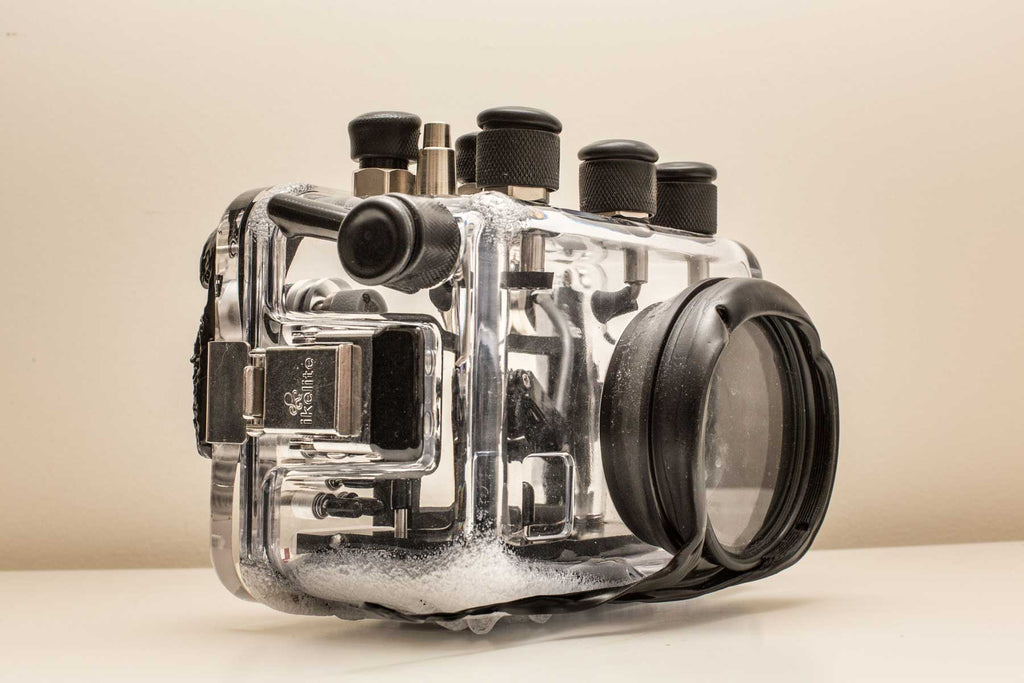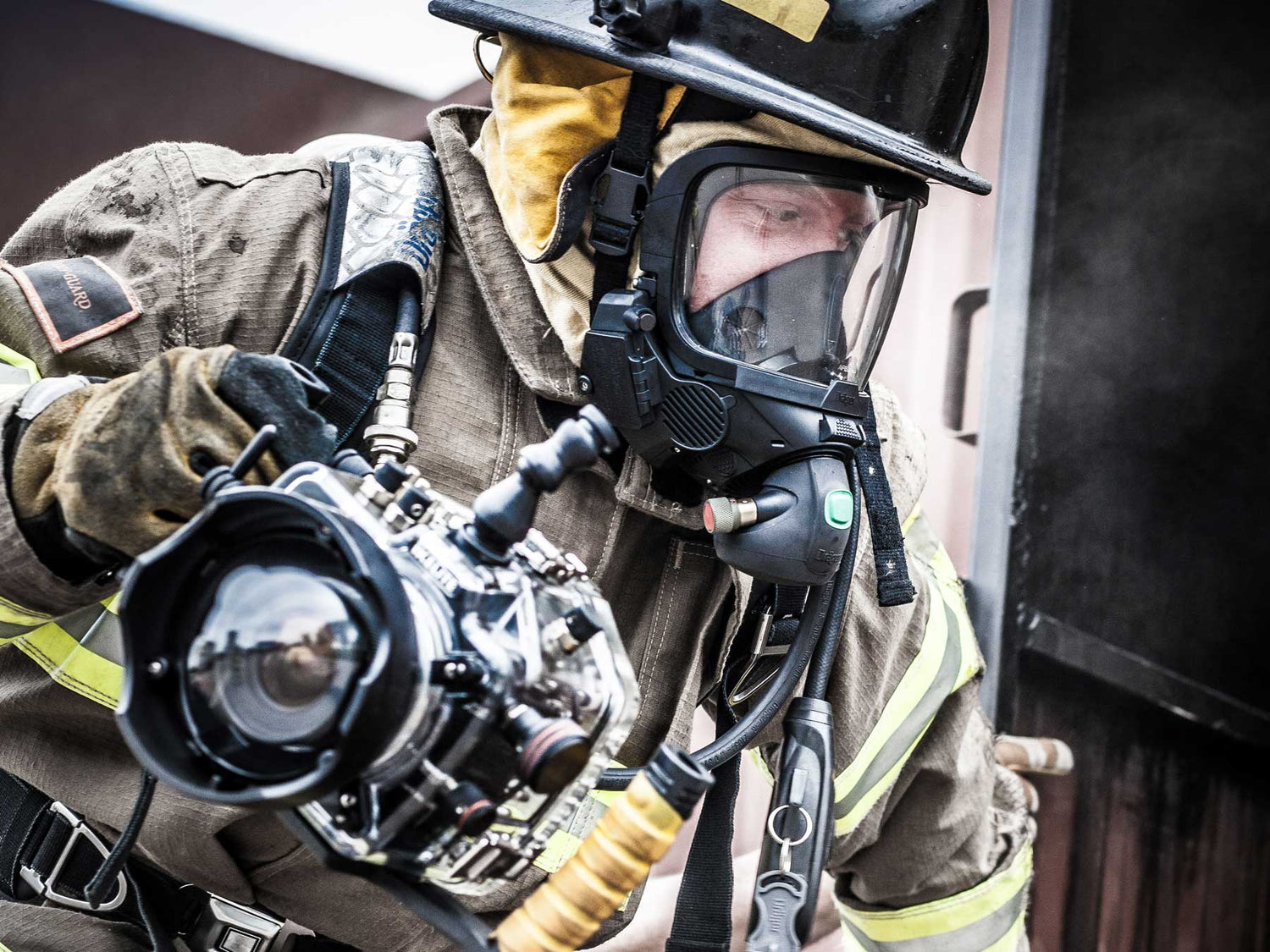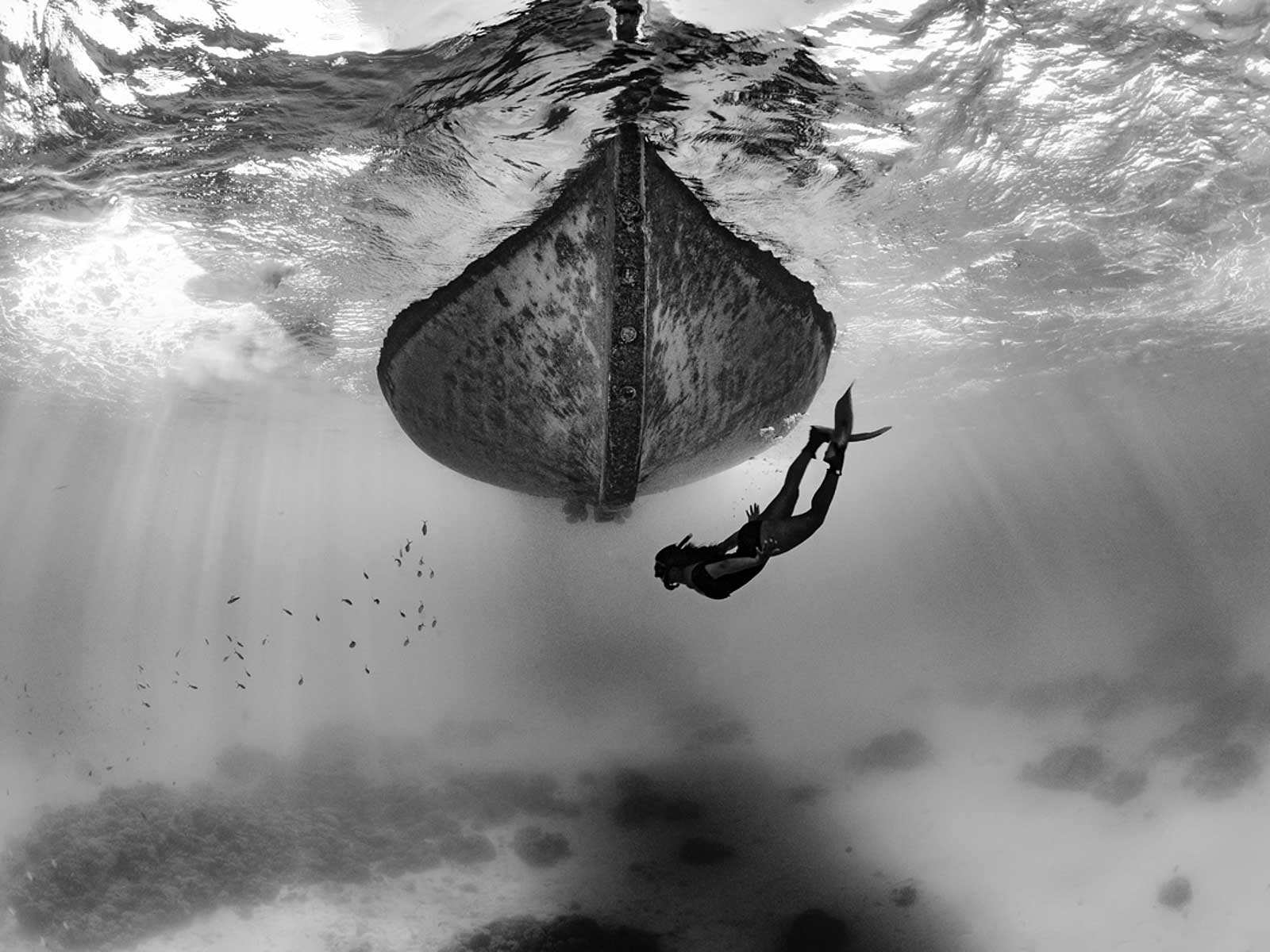Contributed by Zachary Smith, co-owner of The Color Crew
It’s hard not to get excited by the hypnotizing beauty of fire and flames. So when my crew got a call from a client, who is a global leader in firefighting equipment, asking if we could shoot some footage inside a flashover simulator, of course my answer was "yes!". It was then that I realized I would have to take myself and my precious Canon EOS 5D Mark III into a live fire situation!
When Smoke Catches Fire
Flashover is the leading fire-based killer of firefighters. To control the simulator and provide video information, my producer Shelli Cosmides of Draeger enlisted the support of two of the leading US Flashover Survival Trainers, Craig Nielson and Greg Pascolla. Craig described flashover to me in simple terms: "the point in fire development when the contents of a room and its gases reach their ignition temperature all at once.” The key to grasping this phenomenon is to understand that smoke itself can be highly flammable. In a flashover, the smoke-filled air literally catches on fire and a firefighter who encounters these conditions has about 3 seconds to get out alive.

The flashover simulator itself is legendary amongst firefighters, and provides the only safe way to experience a flashover and recognize the signs that lead up to it. Like the simulator, our educational videos also teach flashover preparedness. It's the sort of thing that saves lives.
A Dräger flashover simulator looks like two shipping containers welded together into a split level. Because the bottom three feet of the unit does not get hotter than 550 degrees Fahrenheit (288 degrees Celsius), trainees can be safe for a limited amount of time providing their safety gear is tight, air tanks are filled, and under NO circumstances do they stand up. Firefighters casually refer to fire as “The beast," and hopefully a flashover simulator will be the closest they ever come to it. Here they learn to outsmart the beast and prevent flashover from taking their lives.
How To Not Melt Your Camera
My challenge was straight forward: capture photos and video of flashover without melting my equipment in the 500 degree (260C) weather.
In a first phone meeting, Greg asked, “So you’re really going to take your camera in there?” “Sure” I replied matter of factly.
“Well GOD BLESS YOU!”
Apparently I wasn’t the first to ever try this. It was rumored that a major Hollywood studio built a $100,000 rig, burned it on their first try and gave up completely.

This housing never saw the flames of the simulator; it was used to test the materials' temperature limits.
I enlisted the support of a firefighter friend to help me find a system. A quick YouTube search taught us that a number of firefighters had taken GoPros inside. While a GoPro in a flashover generally yields pretty bad footage (no offence GoPro- you’re good at other things), some (not all) firefighters managed to escape without wrecking their equipment. Since GoPros are designed to shut off automatically when they reach 120 degrees, we figured that during the course of a 25 minute flashover cycle, the worst heat wasn't getting past the waterproof housing.
We were looking for a completely sealed housing which would protect the camera from convective heat. This is how we ended up finding Ikelite. The plastic is super thick, allowing it to absorb a fair amount of the conductive heat, and I could limit the amount of radiative heat that hits the camera by shielding it with my body between short bursts of film work. With some difficulty, the camera controls could even be manipulated with giant protective gloves.
This short video shows the inside of a Dräger flashover simulator. The complete series of training videos can be found at Draeger.com
The result was unforgettable. My partner Maria captured the unit from the outside, while I lay inside with camera rolling. In the hottest environment I have ever experienced, I witnessed a thick rolling cauldron of smoke turn into a blanket of fire that ignited the air all around me. It is truly the experience of being three seconds from death. The results are some of the first reasonably clear flashover footage available. We hope that U.S. firefighters, who regularly put themselves in harm's way, find our work useful.

The author exiting the flashover simulator holding his Ikelite housing for the Canon EOS 5D Mark III.
This is a special interest story highlighting unusual applications of our equipment. Ikelite housings are built to withstand pressure at depth and most uses in and around the water. Our housings are not tested or guaranteed for use in high heat or fire. Don't try this at home.
Additional Reading
Crocodiles, Cenotes, and Chinchurro with Ken and Kimber Kiefer
Freediving a 60 Ton Statue in the Bahamas with Jenna Martin
The Airplane Graveyard by Ambassador Brandi Mueller
Dive Diversions: On Safari in Uganda with the Sony Alpha A7R III













![The Impact of the Fishing Industry on the Maldives [VIDEO]](http://www.ikelite.com/cdn/shop/articles/Maldivian-Tuna-Fishing_ashley-siana.jpg?v=1645885683&width=2000)